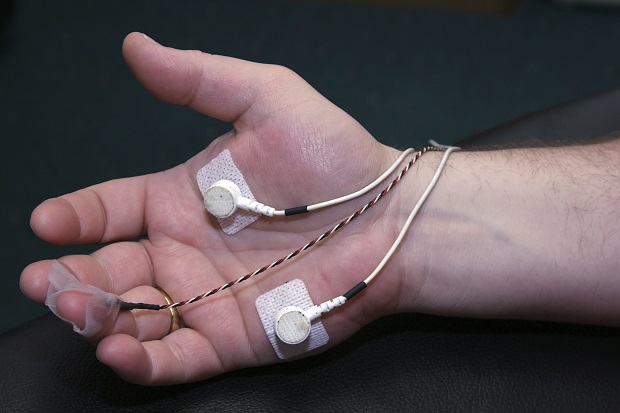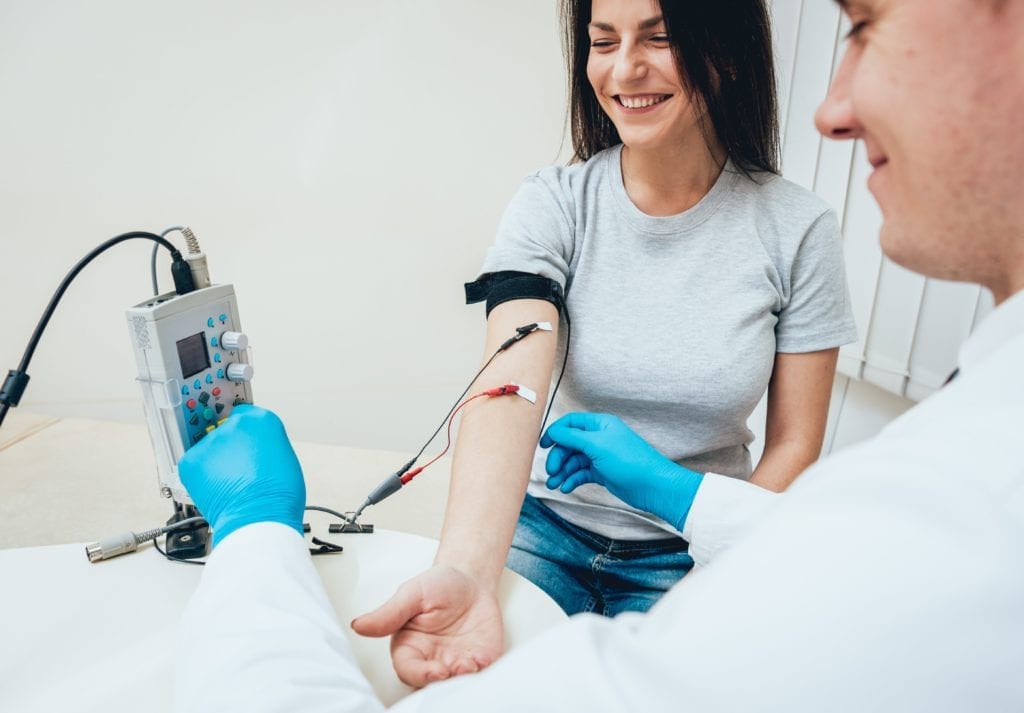

Diseases that affect the nerve-muscle connection, such as myasthenia gravis.Muscle disorders, such as polymyositis or muscular dystrophy.To help diagnose or rule out several conditions, EMG results are often necessary if you have: Numbness, tingling or paralysis in the limbs.Persistent pain in the feet, legs, arms or hands.Difficulty speaking, chewing or swallowing.If you have signs or symptoms that may indicate a nerve or muscle disorder, your doctor might order an EMG.

There is no need for specific preparation. On the day of the test, you should take any medicines that you usually take. You do not have to take antibiotics before an EMG. You may notify your doctor before the test if you are taking anticoagulation or blood-thinning medications or have a pacemaker or implanted defibrillator.īut these will generally produce no complications, and an EMG test can be carried out safely. Before an EMG Test, What Should You Know? The findings of EMG will help the doctor identify muscle diseases, nerve damage, and disorders that influence the nerve-muscle relation. Tingling, numbness, or unexplained stiffness in the muscles may be part of these effects. When someone is displaying signs of a muscle or nerve dysfunction, a doctor may order an EMG. These electrical signals are converted into diagrams or numbers by an EMG, helping doctors provide medical advice. They relay electrical impulses that induce contraction and relaxation of muscles. Such nerve cells are referred to as motor neurons. You will be able to continue normal daily activity immediately afterwards but may feel tenderness or soreness for a few hours in the tested areas.Electromyography (EMG) is a medical test that involves nerve conduction study of the muscles and the nerve cells that regulate them in terms of wellness. The muscles will be tested at rest and while contracted. Other electrodes will be attached to your skin. The needle acts an amplifier to test and record activity at the muscle sites.


You may experience slight pressure or dull ache with the insertion of the electrode. Each site is tested two to three times.ĮMG – During this test, one or more very thin needle electrodes will be inserted gently inserted into the muscle. With the specialist’s direction, you will rest and contract the muscles of each test site. The specialist will use a two-pronged stimulator to test and record your nerve activity. The electrodes send a tiny electrical current through your nerves, and you will feel a small shock. NCS – A specialist will attach recording electrodes to your skin and place stimulating electrodes against your skin depending on where you're having symptoms. But anesthesia or sedatives are not necessary.įirst, you will change into a hospital gown and lie down on your back. EMG or NCS tests can cause a slight level of temporary discomfort.


 0 kommentar(er)
0 kommentar(er)
